A creative use of camera angles is one of the quickest ways to add interest and variety to your photos.
Even if you don’t know how to use your camera very well, angles are easy! All you have to do is move your camera higher or lower to dramatically change the angle of your photo. It doesn’t matter what camera or what lens you’re using (even your smartphone), you can always make more creative photos by changing the camera or shooting angle.
Five Different Camera Angles
You have five main camera angles to choose from. Each one will add a different perspective, giving your photo the mood or feeling that you want it to have.
#1 – Bird’s Eye View
The highest camera angle is “bird’s eye view.” This is when you get up above the scene and look straight down. This angle is great for looking down and seeing all the details of a scene from above.
A bird’s eye view is an unusual angle because you’re not normally up high looking down on a scene. Any angle that is beyond your usual daily experience will make your photo more interesting to look at.

I chose a bird’s eye view for this photo of our sleeping baby. By choosing this angle, I was able to look down and frame him with blueberry branches.

A bird’s eye view is great for food photography, allowing you to see everything on the dish.
#2 – High Angle
A “high angle” is not quite as extreme as the bird’s eye view. You just need to be a little bit higher than the person or thing that you are photographing.
Think of a high angle as a very normal view of the world for most adults. This is especially true for parents who are always looking down toward their kids.
Even though you experience this angle or perspective a lot throughout the day, it can still be perfect for some of your photos. A high angle is useful for making your subject look smaller or more vulnerable and perhaps making the viewer seem more dominant.

This high angle allowed me to look down at my son and also work in some interesting background elements.

Since this is a photo of “little sister,” a high angle gives her a smaller more vulnerable appearance.
#3 – Face-to-Face
A face-to-face angle is taken at eye level to your subject. This is a very engaging angle and helps to establish a personal connection between the person in your photo and the person viewing it.
This is a great angle for portraits, though a slightly higher than eye level angle is great for portraits too.

When she came in from playtime covered in mud, I knew I had to use an engaging face to face angle.

I love this captivating perspective.
#4 – Low Angle
For a low angle, you need to be below eye level. As you get down lower, you make the subject of your photo appear a larger. This may add a larger than life feeling to your photos and is great for emphasizing toughn s, or making things look scary or epic.

A low angle is absolutely necessary when photographing sharks. It’s the only way to see their most frightening feature; teeth!

This moment was exploding with energy as the kids ran from the bus stop. Dropping down to a lower angle helps to emphasize the energy of the moment as well as bring the buses in the background in line with the kids.
#5 – Bug’s Eye View
Also known as “worm’s eye view,” this angle is just like it sounds. You get down as low as you can and look straight up toward your subject.
Again, this is a very unusual angle. You rarely experience this point of view, so it will add an interesting or creative perspective to your photo.

I had to lay down on the ground and look up for this photo. It seemed like the perfect angle to capture my son’s first major climb!

It’s easy to get a bug’s eye view at a playground. Just wait for your kids to start climbing and then look straight up at them.
One Scene – Three Angles
It’s a great idea to capture more than one angle every time you take photos of a moment. It will push your creativity, help you to explore new perspectives and provide you with more views to tell the story.
These next photos demonstrate how I captured one scene from three different angles.

In this first photo a higher angle was used to look down on the scene and see the puddle.

A face to face angle is perfect for a muddy faced portrait.

This lower angle perspective makes the moment feel a little bigger and emphasizes the excitement she felt after having fun in the mud puddle.
Beyond Everyday Perspectives
Knowing these five camera angles, and practicing them will help you get unstuck anytime you’re uninspired or find that your photos are turning out boring or predictable. To spice up your photos, simply choose the most unusual angle. Once you’ve done that try at least two more angles and figure out which one has best captured the moment.
As you experiment with angles you’ll boost your creativity by breaking out of everyday perspectives. Try capturing a few different angles right now. I would love to see your photos in the comment section below.
The post How to Make Your Photos More Creative Using Camera Angles by Mat Coker appeared first on Digital Photography School.
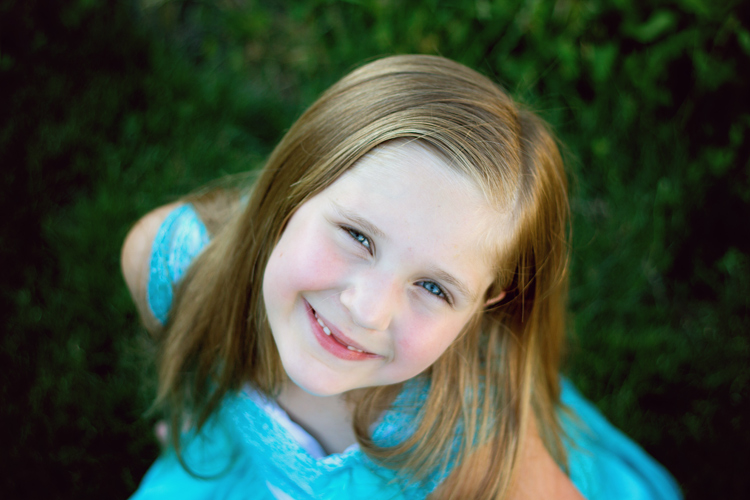
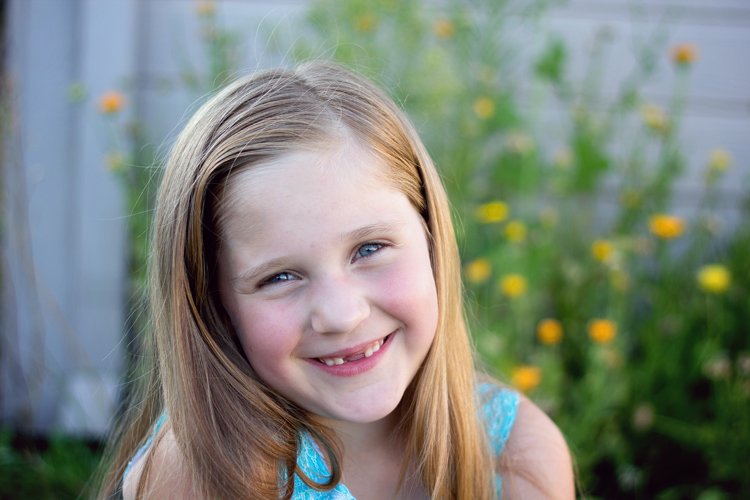
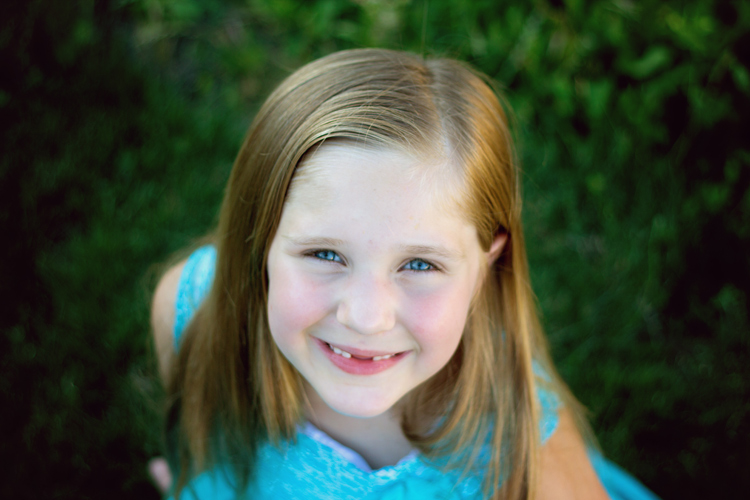
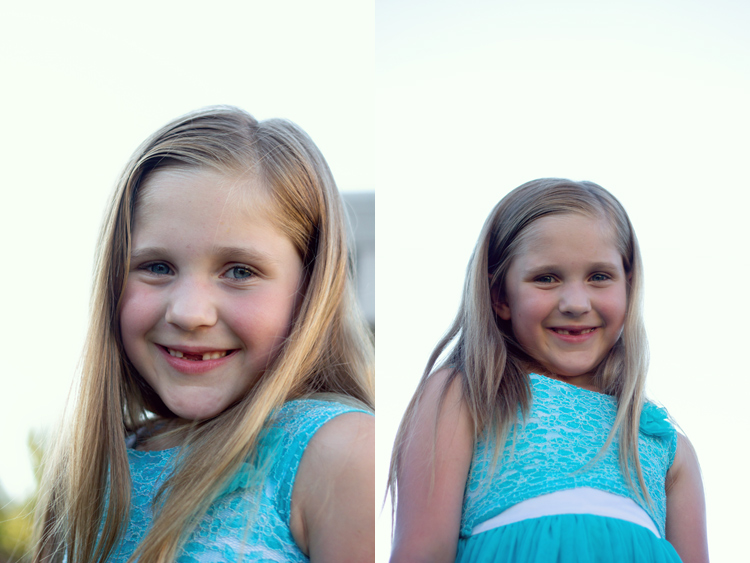
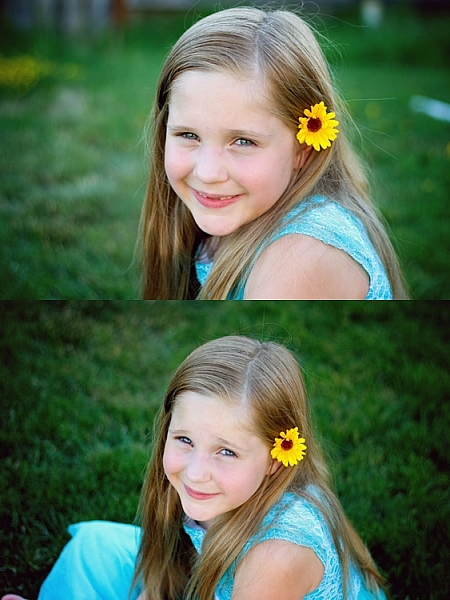
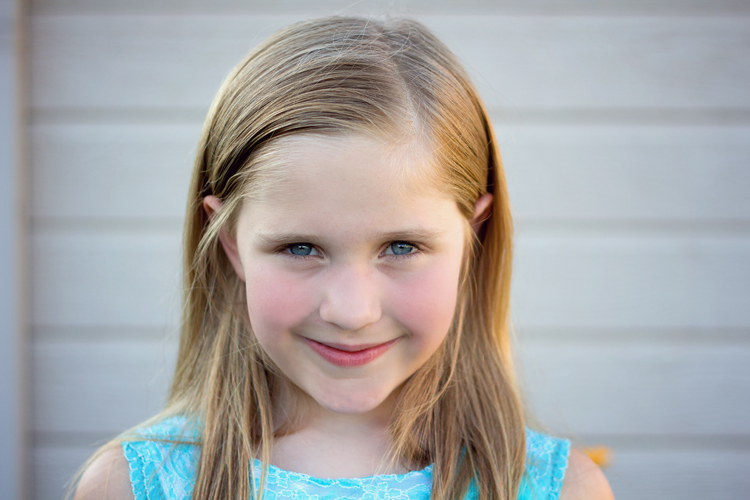
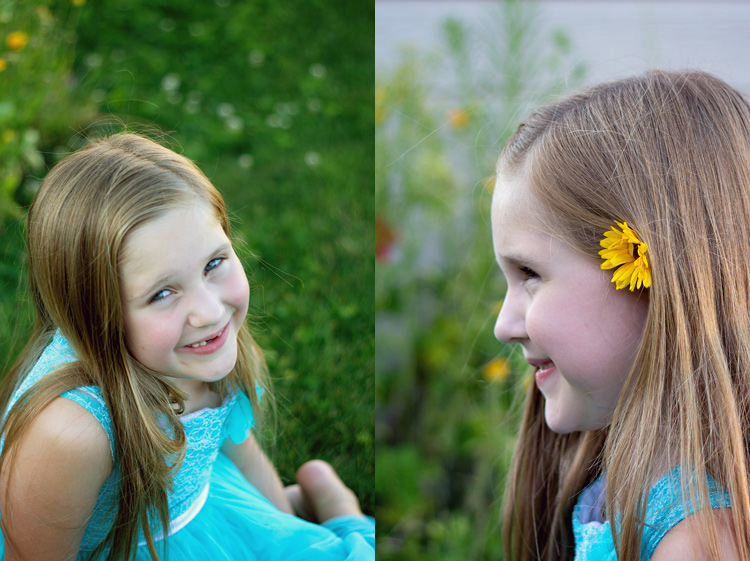
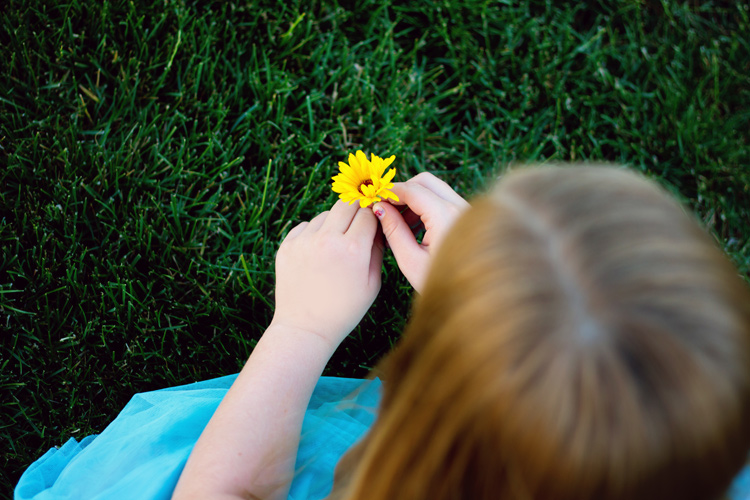

You must be logged in to post a comment.